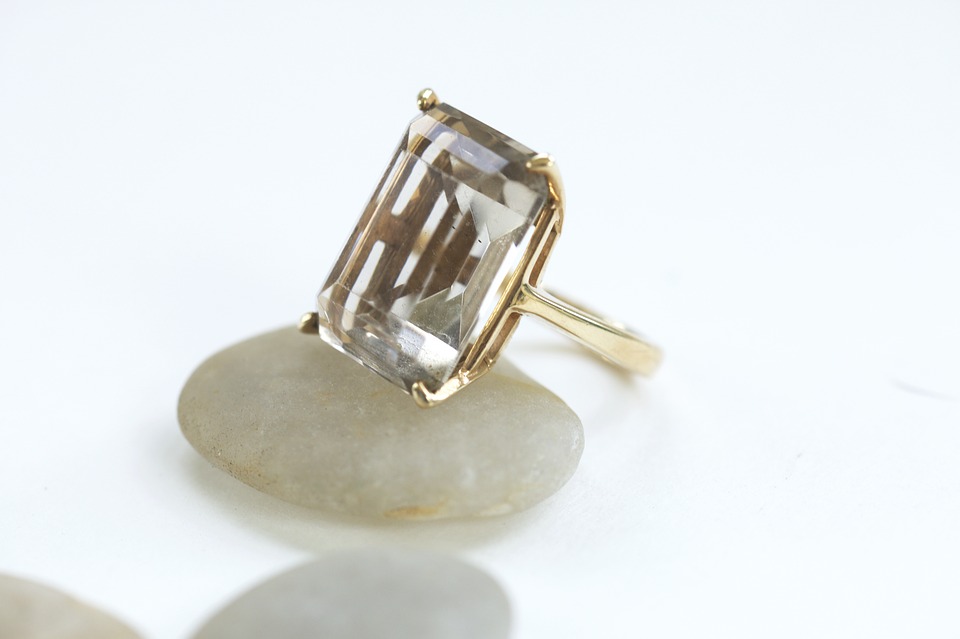Emerald cuts are considered to be the cleanest and purest cuts of diamond. They are sometimes referred to as the “honest cut” since they are the most revealing. With this cut, it is very difficult to hide the flaws of the diamond, and you get what you see. The good news is that with this cut, when you have a very high-quality stone, it is very easy for everyone to tell.
The bad news is that when you have a low-quality diamond, that is very easy to spot too. The most important thing about emerald cuts is their clarity. If you want to see how creative you can get with this cut, have a look at the range offered by Leibish.
Once on the website, click on the filter drill-down menu and select the emerald shape. You will be able to see how emeralds themselves are cut into their traditional shape. This variety of shapes and cuts that you see there can be replicated for diamond stones as well.
What Is the Cut Like?
When you look at an emerald-cut stone, it looks like there are steps on all four sides. That is why it is sometimes referred to as the “step cut.” The cut has a very subtle elegance, and the light play is quite mesmerizing. This cut was made popular by Harry Winston and Kate Hudson. They had opted for a baguette-shaped stone with tapered edges. This cut is good for triples. Since it has a classic, timeless quality, you can also opt for a single solitaire.
The Shape
When looking for a diamond piece, you need to make sure that the stone isn’t too wide or too slim. The ideal height to width ratio you should stay within is 1:3 to 1:45. Go with the lower ratios if your fingers are on the thicker side. If you have very slim fingers, opt for the higher ratio. This range is ideal since you can appreciate the lines of the emerald cut a lot more within it. When the ratio is outside of this range, the lines tend to get interrupted and may appear a little too compact.
Color
The amazing thing about emerald cuts is that they show no color. A diamond from the I category could look like an F or G category diamond. It would be perfect if you stayed in the D, E, or F category, which is the colorless category. That, however, might get a little too pricey. And you may have an issue balancing the category and carats.
Emeralds look good in the G H I J range as well. So, if you are having trouble with your budget, don’t worry; you can also opt for the near-colorless range. If you are familiar with your jeweler, you can even ask them to procure an I-color for you that can face up like a G.
Clarity
You should be careful with inclusions when it comes to emerald cuts. The emerald cut has several mirror-like surfaces due to its lines, and a single inclusion can be magnified. Try not to compromise on clarity in any way. Do not go any lower than the VS2 range. The best range is from the VVS1 to the VS1 range.
It is important to not just focus on the carat weight. You need to hit the right balance between carats and clarity. If you buy a bigger diamond, more of it is visible, including the inclusions and defects.
Cut Grade
We finally come to the most important element of the emerald cut. The emerald cut is all about perfect lines and symmetry. If all the sides of the stone were not perfectly aligned, it would become visually upsetting. The refraction of the light will be off, and you will feel disturbed by it.
As for the polish, a very good polish grade will suffice. Since the emerald cut is the “honest cut,” whatever carat weight you buy, that is what you will see visually. Some cuts make a gemstone look bigger, while others make it look smaller. With the emerald cut, you will see exactly what you have bought.
Keep these things in mind when you are exploring an emerald cut. GIA certifications have the highest industry standards. You will pay a premium for it, but you can completely trust the ratings of the stone that is declared.



